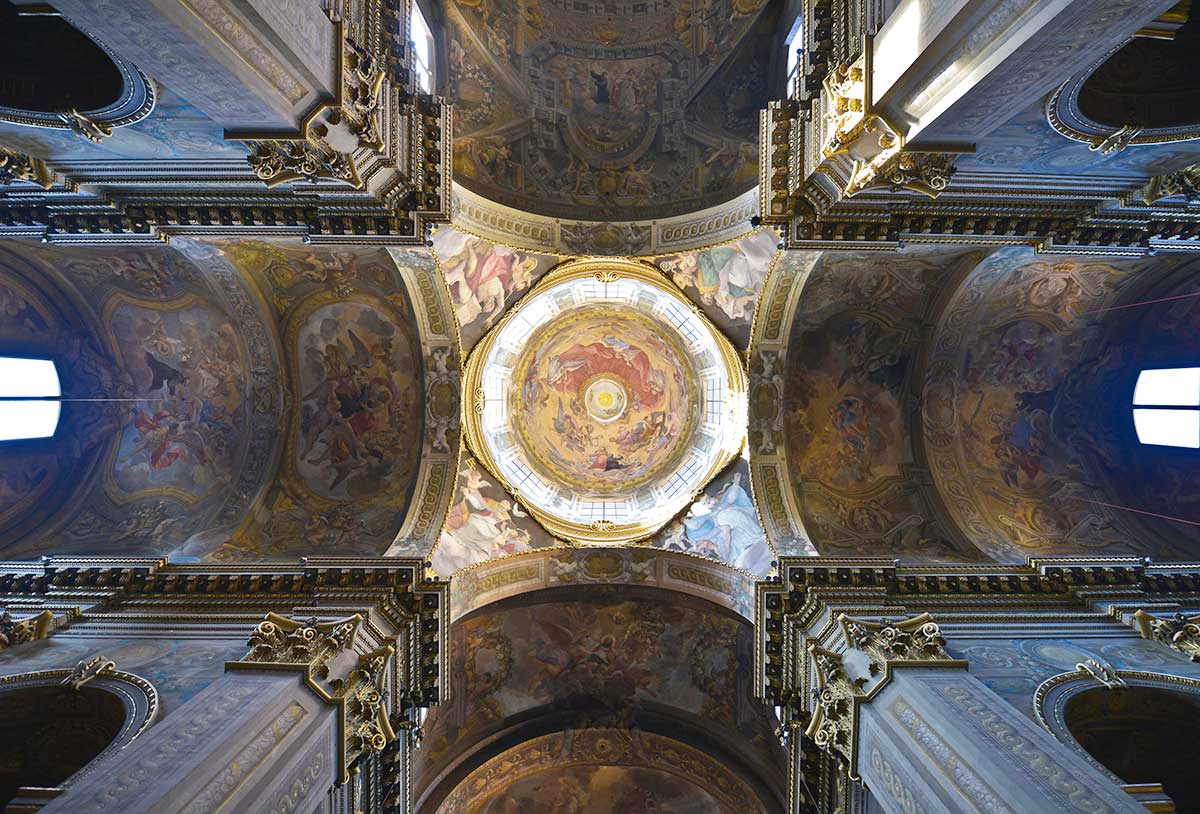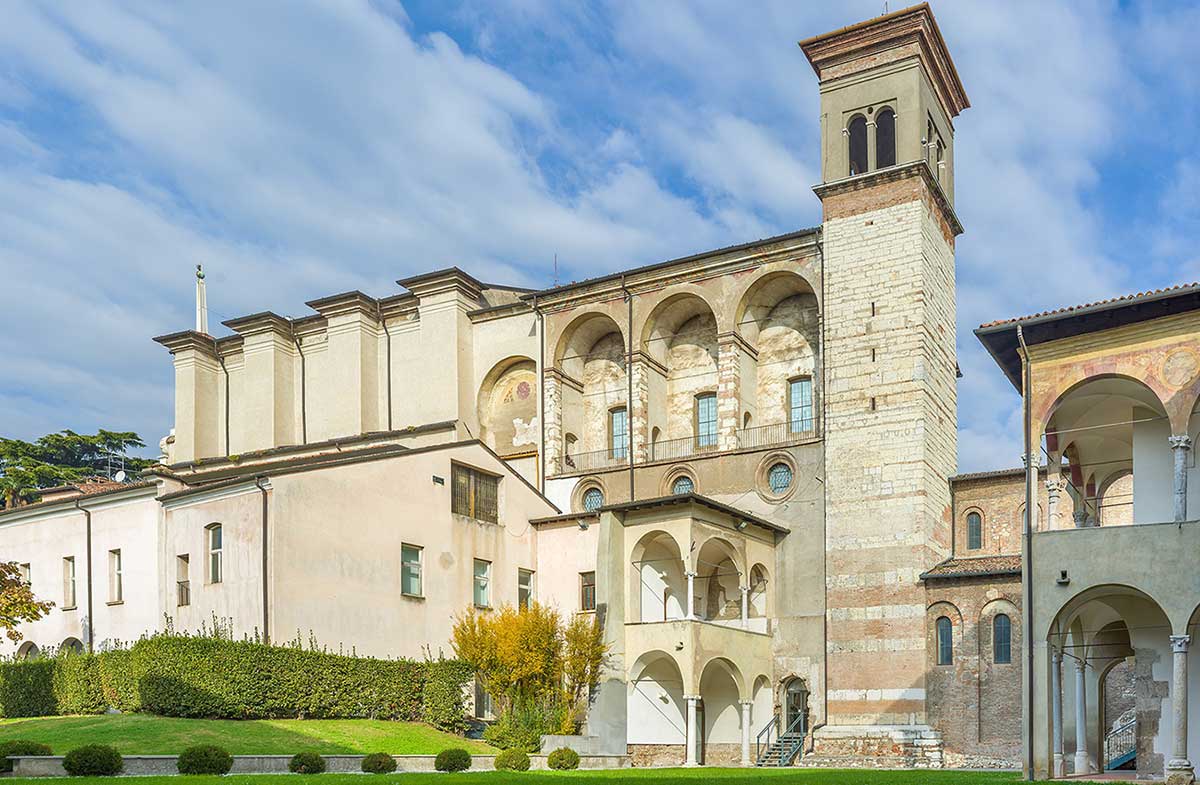


On approximately 14,000 square meters of exhibition space in the most important monastic complex in northern Italy, a unique exhibition is set up on the Lombard origins of the city of Brescia and its surroundings from prehistory to the present day.
The monastery of San Salvatore (or Santa Giulia) was founded in 753 by Desiderio, later king of the Lombards. The integrated church of Santa Giulia was completed in 1599. According to legend, the daughter of the Lombard king Desiderius, Desiderata, lived in the monastery after the dissolution of her marriage to Charlemagne from 771. Her sister Anselperga was the first abbess.
The convent played a leading role in the Middle Ages, from a religious, political and economic point of view. The monastery was used as such until 1798. The inhabitants of the city then used the monastery as barracks. This has led to an increasing deterioration of the buildings. To counter this, the first museum, the Museum of the Christian Age, opened in 1882.
The Municipality of Brescia finally took over the complex, renovated the entire building and opened the current "City Museum" in the museum.
The Santa Giulia Museum preserves the most important aspects of the prehistory of the city of Brescia up to the present day. A walking tour takes you through the history, art and culture of the monastery, the city and the surroundings of Brescia. The various finds from the Celtic period, the Roman bronze figures, the frescoes and other fragments of the destroyed Brescian architecture, the funerary objects and the finds from the Lombard period and the crafts from the Middle Ages offer an impressive insight into the past.
The oldest finds date back to the 3rd millennium BC. At the Campidoglio there is also the bronze statue of the winged goddess of victory, today the symbol of the city of Brescia.
San Salvatore and San Giulia
The tour starts from the catacombs of the monastery, once used as cellars and warehouses. Here the story begins with the first settlements in the Bronze Age and leads to the Romanization of the area. Afterwards, continue to the Church of San Salvatore and the ancient 15th century dining room.
This is supported by huge columns and contains artifacts from the late Gothic to the Renaissance. You will then find yourself in a small 12th-century memorial chapel in the Santa Maria in Solario palace, once used as an oratory. Here you will find, among other things, a Roman altar in honor of the sun god, various frescoes and the famous treasure of Santa Giulia.
The crypt of the church of San Salvatore, the choir of the nuns of Santa Maria, the church of Santa Giulia and the cloisters of the monastery are also part of the museum. The location of the monastery complex is a natural starting point for a subsequent tour of the city.
